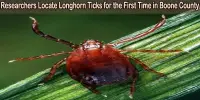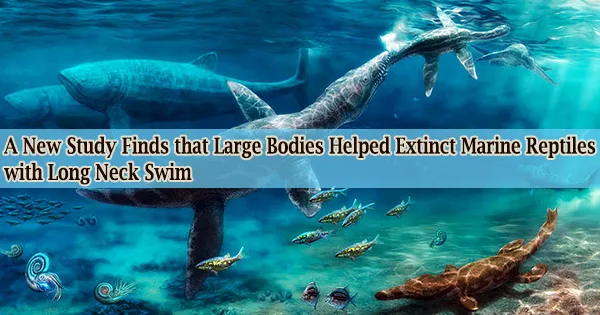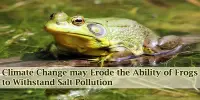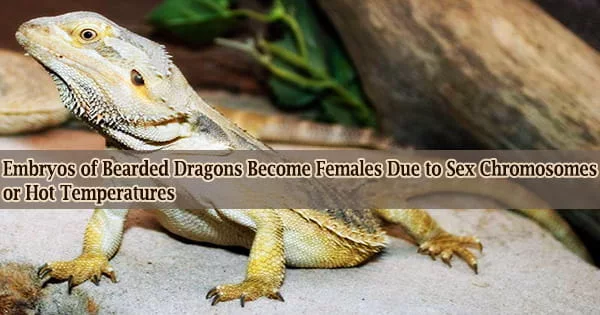Deep-sea corals are a unique and fascinating type of coral that live in the deep ocean, typically at depths below 200 meters (656 feet). Unlike their shallow-water counterparts, deep-sea corals do not rely on sunlight for photosynthesis because they inhabit areas where light penetration is minimal or absent.
Researchers on the R/V Falkor (also) of the Schmidt Ocean Institute have just returned from an excursion to investigate how climate change is affecting deep-ocean corals. After collecting over 300 samples from 75 distinct types of coral, scientists from the mainland U.S. and Puerto Rico discovered greater biodiversity in Puerto Rican waters than was previously known. They also may have discovered several potential new coral species. In the upcoming months, research will be done to find and name any new species.
The 20-day expedition included researchers from Woods Hole Oceanographic Institution (WHOI), Lehigh University, and the University of Puerto Rico, and aimed to assess the health of mesophotic corals, in low light from 200 to 500 feet (60 to 150 meters), to deep-sea corals from 60 to 6,500 feet (20 to 2,000 meters), utilizing a new technology called SOLARIS, which stands for Submersible Oceanic Chemiluminescent Analyzer of Reactive Intermediate Species.
This sensor measures molecules known as “reactive oxygen species (ROS),” which are both essential and detrimental to the health of all living creatures. Due to their brief lifetimes some ROS last only 30 seconds in the marine environment ROS are challenging to quantify. The first-generation sensor SOLARIS will be improved upon and used as a model for developing new technologies to measure the health of the oceans.
Through technological advancement, Schmidt Ocean Institute catalyzes the discoveries needed to understand our ocean. We are delighted to assist in testing prototype sensors such as SOLARIS. We also think it is important that scientists and students participate in expeditions that take place within their country’s waters and were pleased to welcome researchers from Puerto Rico on board R/V Falkor (too) to discover the wonders that lie hidden just off their coastline.
Dr. Jyotika Virmani
An earlier shallow-water prototype, DISCO, helped to inform SOLARIS, and was developed by Colleen Hansel of WHOI, who served as the expedition’s chief scientist.
Less is known about the health of corals in deeper seas, despite the fact that it is well recognized that shallow-water corals are struggling as a result of climate change. The ROS superoxide and hydrogen peroxide compounds that animals emit for essential biological processes like eating and in response to infections or environmental stress were measured in order to study coral health.
The scientists discovered that the ROS levels produced by corals near Puerto Rico varied depending on the species of coral and were significantly lower than those previously noted in the Pacific Ocean. This might offer crucial information on which species and areas are most susceptible to stress and shifting ocean conditions.
Some deep-sea corals appear to produce hydrogen peroxide when injured, according to preliminary research conducted in a controlled laboratory setting. This finding may help scientists quickly gauge the health of deep-sea coral ecosystems.
“We believe reactive oxygen species are critical for acquiring food and fighting off pathogens,” said Hansel. “If these chemicals are protecting corals, then we may be able to help corals armor themselves from stress by better understanding the controls that promote their formation.”
The researchers also explored mesophotic and deep sea environments with the help of Schmidt Ocean Institute’s underwater robot, ROV SuBastian, including the Whiting Seamount and a canyon southwest of Vieques Island, where they saw 6-foot-tall bamboo coral.
Scientists discovered a variety of densely packed coral species beyond the marine protected area at Desecheo Ridge, a section of the Desecheo National Wildlife Refuge west of Puerto Rico. The scientists found a significantly wider variety of corals than had previously been seen in the Desecheo National Wildlife Refuge and nearby rivers.
Based on the scant prior findings, it was anticipated that the region would have a limited diversity of corals before this mission. The new findings might support the need for more marine protected areas in the area of Puerto Rico.
The recently launched Falkor (too), a cutting-edge global class ocean research vessel available to the international scientific community to conduct ground-breaking research and test new technologies for free in exchange for making their findings and discoveries publicly available, underwent its second expedition on this trip.
“Through technological advancement, Schmidt Ocean Institute catalyzes the discoveries needed to understand our ocean. We are delighted to assist in testing prototype sensors such as SOLARIS,” said SOI Executive Director Dr. Jyotika Virmani.
“We also think it is important that scientists and students participate in expeditions that take place within their country’s waters and were pleased to welcome researchers from Puerto Rico on board R/V Falkor (too) to discover the wonders that lie hidden just off their coastline.”
















